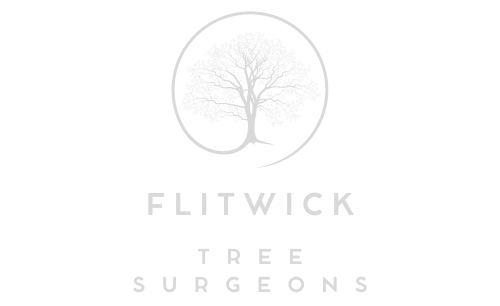Tree Crown Reduction: Exploring Alternative Pruning Techniques
Introduction: Tree crown reduction is a common practice to reduce the size and density of a tree’s canopy. However, it’s not the only pruning technique available. Exploring alternative pruning methods can help achieve specific goals while maintaining tree health and aesthetics. Here’s an in-depth look at some alternative pruning techniques to consider:
- Crown Thinning
Crown thinning involves selectively removing branches throughout the tree’s canopy to reduce density. This technique allows more light and air to penetrate the tree, reducing the weight of heavy limbs and improving overall tree health. It’s especially useful for trees with dense foliage or those prone to wind damage.
Advantages:
- It improves air circulation, reducing the risk of disease.
- It allows more light to reach the ground, benefiting understorey plants.
- Maintains the tree’s natural shape while reducing weight on limbs.
Best for:
- Trees with overly dense canopies.
- Reducing wind resistance and potential storm damage.
- Crown Lifting
Crown lifting, or crown raising, involves removing the lower branches of a tree to increase the clearance between the ground and the canopy. This technique provides better access or visibility beneath the tree, such as for pedestrians, vehicles, or buildings.
Advantages:
- Increases clearance for safety and access.
- Enhances the tree’s shape and appearance.
- It can help balance the tree’s weight distribution.
Best for:
- Trees obstructing pathways, roads, or buildings.
- Improving light penetration to the lower ground area.
- Crown Cleaning
Crown cleaning removes dead, diseased, or damaged branches from the tree. This technique is primarily about improving tree health and safety rather than altering its size or shape. Crown cleaning is essential for maintaining the tree’s overall health and longevity.
Advantages:
- Enhances tree health by removing potential sources of disease.
- Reduces the risk of falling branches.
- Improves the tree’s overall appearance.
Best for:
- All trees, especially those showing signs of disease or decay.
- Regular maintenance to prevent health issues.
- Selective Pruning
Selective pruning involves:
- Carefully choosing specific branches to prune to achieve a particular objective, such as enhancing the tree’s structure.
- Improving aesthetics.
- Addressing specific issues like crossing branches.
This technique requires a strategic approach and an understanding of tree growth patterns.
Advantages:
- Tailored to address specific issues or goals.
- It can enhance the structural integrity of the tree.
- Maintains the tree’s natural form and beauty.
Best for:
- Trees with structural issues or specific aesthetic goals.
- Addressing targeted problems without extensive pruning.
- Pollarding
Pollarding is a more drastic form of pruning where the upper branches of a tree are removed to promote a dense head of foliage and branches. This technique is usually applied to young trees and maintained regularly to keep the growth in check.
Advantages:
- Controls tree size and shape effectively.
- Encourages dense foliage growth.
- Reduces the need for frequent major pruning.
Best for:
- Trees in urban environments where space is limited.
- Species that respond well to heavy pruning, such as willows and limes.
Conclusion: While crown reduction is valuable, exploring alternative pruning methods can provide tailored solutions to specific tree care needs. Whether improving light penetration, enhancing safety, or maintaining tree health, choosing the right pruning technique is essential for achieving the desired outcomes. Consulting with a professional arborist can help determine the best approach for your trees, ensuring they remain healthy and beautiful for years.
Call us on: 01525 664 396
Click here to find out more about Flitwick Tree Surgeons
Click here to complete our contact form and see how we can help you with your tree’s needs.

